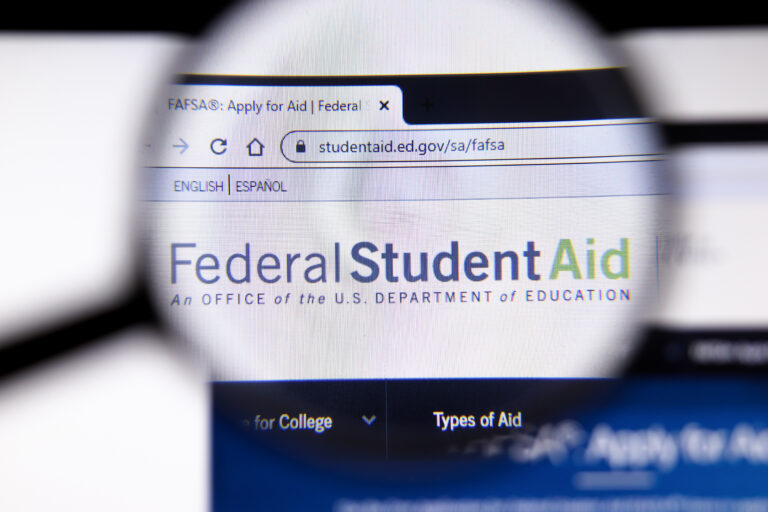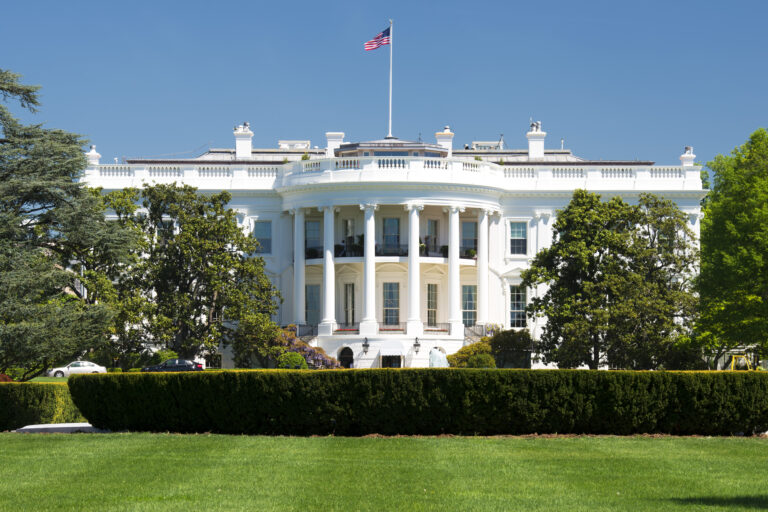San Antonio, Texas greeted me last week with warm weather, good food, and a reminder that sometimes that history repeats itself. The EDUCAUSE Annual Conference 2024 served up no shortage of thought-provoking sessions on enterprise and instructional tech in higher ed.
I was there to moderate a panel on “The Digital Presidency: Technology, Teams, and Transformation,” with Dr. Anne Kress, president of Northern Virginia Community College, and longtime W/A friend and collaborator Dr. Mark Milliron, president of National University.
During the panel, Anne shared a memorable anecdote from her early days as a community college administrator in the 1990s. One time, she had to swap offices with a colleague, but it came with a catch: she had to leave behind her desktop computer. When she later checked in to see how the colleague was finding the machine, he responded, “It’s working great—I’ve been using it as a doorstop, and it keeps it open perfectly!” A telling reminder of the early resistance to technology adoption in higher education.
Mark added another perspective, recalling faculty’s early hesitancy to embrace email and the internet. When email first appeared on campuses, it was seen as an unwelcome intrusion by those who preferred handwritten notes or typewritten memos. The advent of internet 1.0, too, was met with a cautious eye. “Why would I need it?” some would ask, not seeing how this new tool would soon reshape not only communication but the very nature of research, teaching, and learning. (For more on this, check out Mark’s op-ed, titled “History Should Temper Our AI Hysteria.”)
We are now in the midst of what Anne Kress dubbed a “seismic” event in edtech. Although the impact of AI on higher education remains unclear, tech-savvy faculty are spearheading rapid AI experimentation and adoption. So what role can presidents play as digital change agents? According to the two leaders on the panel, the message was clear: We’ve been here before, and we’ll be here again. Here are a few takeaways:
- Culture Matters. The role of leadership in higher ed is not simply to implement technology but to foster an environment where innovation can thrive. It means encouraging risk-taking, supporting those who challenge the status quo, and creating space for teams to experiment. For those on the ground, advocating for new tools or approaches means coming equipped with a plan to measure impact, making the case for how these innovations will advance institutional goals.
- True Believers vs. Caustic Critics. Mark emphasized the importance of avoiding extremes when it comes to technology adoption. There are always “true believers” who see each new tool as a silver bullet and “caustic critics” who dismiss it outright. He argues that leaders must resist getting bogged down by “dogmatic diatribe” from either side and instead strike a balance—respecting the diverse viewpoints on both sides and in between. Both enthusiasm and skepticism have a place in helping institutions make more thoughtful, deliberate choices around technology governance and policy.
- Tools vs. Tech Fluency. While tools and platforms continuously change, what endures is the need for a mindset of continuous learning. The goal isn’t to master a specific technology but to cultivate agility, curiosity, and the ability to adapt. True tech fluency involves understanding the underlying skills and approaches that allow us to navigate whatever comes next, whether it’s AI today or something else tomorrow.
Wandering the exhibit hall felt like looking at a timeline of higher ed’s journey through digital transformation. There were echoes of past innovations that once felt radical (think whiteboards, digital courseware, analytics dashboards) all of which are now ubiquitous (if not mundane).
We also had a great dinner at the historic Hotel Emma, a place that itself embodies the idea of transformation—what was once a 19th-century brewery has been reimagined as a modern hotel in the heart of San Antonio’s Pearl District.
- The conversations included colleagues like Sara Custer, who took the helm as editor in chief of Inside Higher Ed this year and was on the ground to take the pulse on higher ed tech. It was also a pleasure to meet Abel Chávez, president of San Antonio’s own Our Lady of the Lake University, one of the first federally-recognized Hispanic-Serving Institutions where 80% of students are first-generation; and former filmmaker Mike Tringe, the founder of CreatorUp, which uses a network of creatives and generative AI tools to help K-12 schools and colleges develop instructional content at scale.
- I also got to finally meet up with Meacie Fairfax, a former higher ed consultant turned student success instigator who is leading Complete College America’s work around the equitable use of AI. It was great to reconnect with Melanie Gottlieb, executive director of AACRAO, who attended EDUCAUSE as part of that association’s efforts to digitally transform the critical work of enrollment management and student records in higher education.
- I enjoyed connecting with Sean D’Arcy, vice president at Oslo-based Kahoot!, creator of a game-based learning and assessment platform that is working to combat absenteeism and boost student engagement in higher ed. They’re providing AI-enabled assessment and instructional design tools to help educators use gamification to tackle challenges like low attendance and participation.
It was a brief but fun and productive trip (and my first time attending EDUCAUSE since 2019). There was a shared recognition that while technology evolves, the challenges that higher education faces are not new, but part of a life cycle of tech adoption, tech failures, rinse, and repeat. So maybe the question isn’t whether technology will change higher education—it’s how we’ll adapt to those changes. It’s about learning from the past to prepare for whatever the next seismic event may be.
Until next year, I’ll be looking forward to being back for EDUCAUSE 2025 to see which predictions stick—and what we got wrong.




